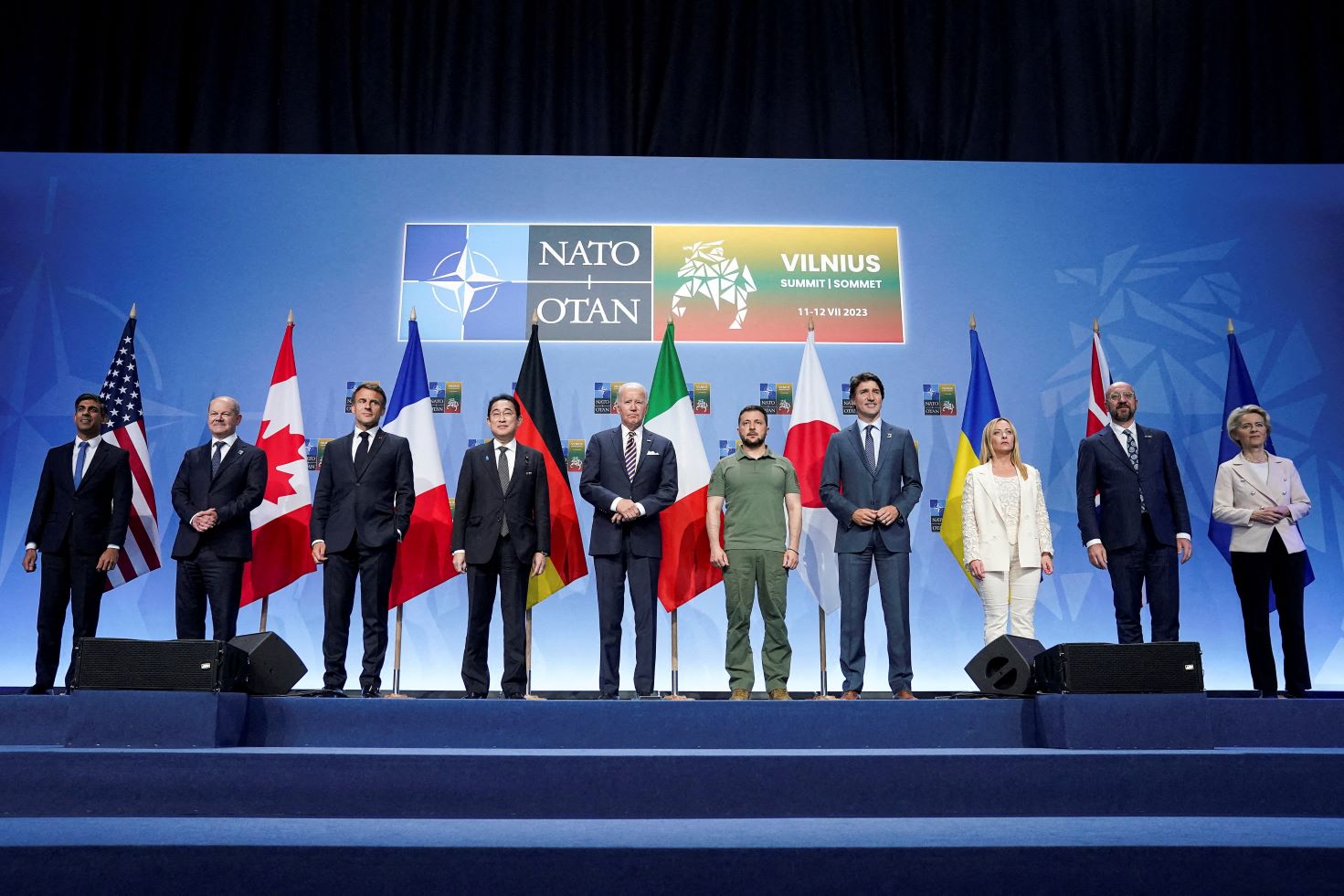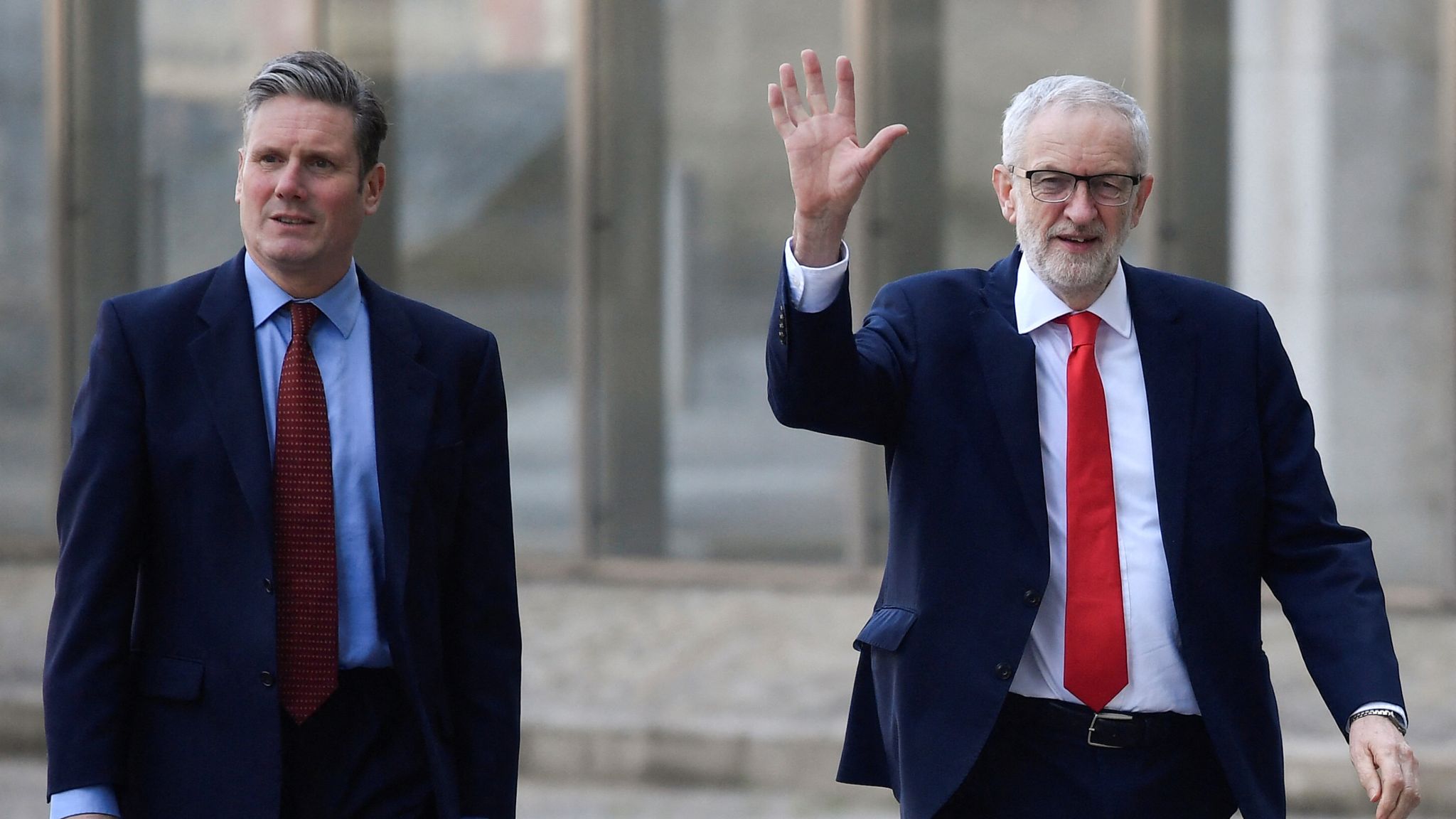Few people outside France have heard of far-right billionaire Vincent Bolloré’s takeover of the Journal du Dimanche. Yet it marks an important moment in the country’s political trajectory. The JDD is a weekly newspaper, founded in 1948, which acts as a sort of unofficial governmental gazette. It is carefully read by most journalists, politicians and CEOs. Despite its modest circulation – 135,000 per week, compared to Le Monde’s 500,000 daily sales – it is often used by senior politicians to announce new legislation and set out their agendas. Its bland centre-right orientation means it can align itself with both the Republicans and the right of the Parti Socialiste. More recently it has been described as ‘Macron’s Pravda’, and online memes have mocked its tendency to feature glorifying portraits of different cabinet ministers on its front page each week.
Yet earlier this summer, Bolloré launched a coup against this bastion of establishment politics. Having spent years patiently building a majority stake in Lagardère, the media group that owns the JDD, he announced the appointment of a new chief editor: the notoriously reactionary journalist Geoffroy Lejeune. Lejeune had previously worked at the magazine Valeurs actuelles, where he was involved in countless controversies: publishing a fictional piece that depicted the black MP Danielle Obono as a slave being sold in Africa, as well as an antisemitic cover story that described George Soros as a ‘global financier plotting against France’. His new role was anathema to the JDD’s staff, who responded by launching indefinite strike action – preventing the newspaper from being published for several weeks.
For Bolloré, this was nothing new. He had previously bought the TV broadcasting group Canal Plus and replaced its executives with his hand-picked stooges, triggering a lengthy strike which ended with the departure of most journalists at I-Télé – France’s equivalent of CNN. He then set about recruiting a new team and remaking the channel as CNews, modelled loosely on Fox. The mogul also purchased Hachette, the largest European publishing company, whose subsidiaries play a major role in producing educational textbooks. Bolloré is now the twelfth wealthiest individual in France with a net worth of €11.1bn. In the early days of his career he was lauded for importing cutting-edge financial techniques to France from the US. He adapted a variant of the 1980s leveraged buyout procedure and rebranded it poulies bretonnes after his home region – an innovation that helped to earn him the nicknames Petit Prince du cash flow and Mozart de la finance in the French business press.
Yet Bolloré was not above more traditional methods of accumulation. In fact, he has most consistently operated in old, declining sectors. The ailing business he inherited from his father specialized in cigarette paper. After selling it, he began to focus on postcolonial assets, particularly the port infrastructures and plantations that comprise the shadowy world of Françafrique. He owns approximately 500,000 acres of plantations across various countries including Cameroon, Nigeria and Côte d’Ivoire. Until recently, Bolloré Africa Logistics presided over port infrastructures in most West African countries from Senegal to Congo. Its owner also acquired fossil assets, including oil depots in France and Switzerland, building a carbon empire through numerous acquisitions. All the while, Bolloré has crafted a public profile that personifies French family capitalism. To celebrate the bicentenary of his company, he donned some old-style Brittany velvet clothing and posed in front of his village church with his sons, whom he told to start planning for the next two hundred years. His political interventions typically promote right-wing Catholicism, unapologetic patriarchy and social hierarchy.
Bolloré’s acquisition of the Journal du Dimanche sparked indignation, with 400 prominent journalists, actors, trade unionists and former ministers publishing an op-ed opposing Lejeune’s appointment. Others denounced it as a bid for ‘almightiness’ and a ‘crusade for the Christian West’. The left and centre-right were united in their concern that French public discourse would be poisoned by this far-right insurgency. Yet such responses often misunderstood the significance of Bolloré’s actions, describing them as merely an exercise in narcissism by a vain, ageing billionaire.
Unfortunately, Bolloré is much more than that. He represents a powerful segment of the French business community, at the intersection of fossil industries, privatized utilities and postcolonial assets. The paranoid rhetoric of his outlets – on topics like the grand remplacement, ‘green dictatorship’ or ‘wokeism’ – is not incidental. It is an integral part of this business model. Racial domination is essential to the Bolloré Group’s operations in Africa. The suppression of environmental movements facilitates its dealings in the French oil sector. And patriarchy is ingrained in a firm that has been passed down from male owner to male heir over six generations.
Nor is Bolloré an isolated case. Other billionaires have gone on similar buying sprees over the past few years. In 2018, the Czech tycoon Daniel Kretinsky, who amassed his wealth in coal mining and power plants, purchased Le Monde – adding it to his portfolio of media assets including Elle, Marianne and Franc-Tireur. He is now expected to acquire the second-largest French publishing group, Editis, from Bolloré. CMA-CGM, a French maritime transportation giant and major player in logistics on the African continent, has recently taken over the business newspaper La Tribune, and plans to launch a competitor to JDD in the coming months. (The company is also currently in the process of acquiring some of Bolloré’s business ventures.) It thus appears that, while French news corporations have been historically controlled by entrepreneurs in the luxury, defence and telecommunications sectors, they are now being bought by fossil capitalists and Françafrique investors.
What explains this shift? For one thing, these sectors have experienced tremendous growth in recent years. The fact that the public considers them somewhat passé has not made them any less lucrative. In 2022, CMA-CGM achieved the all-time record for the highest profits ever made by a French company, with €23bn. Kretinsky’s fossil investments are also thriving. Thanks to the energy crisis, the profits of his firm skyrocketed from €1.2bn to €3.8bn in 2020-22, while the Bolloré Group made a record €3.4bn during the same period. This leaves such companies with ample funds left over to spend on shaping the ideological landscape to reflect their interests.
Capitalists like Bolloré have compelling motives to engage in this struggle over public opinion. France’s ability to project power in Africa has been diminished by the recent spate of coups in Mali, Burkina Faso and Niger, threatening to undermine the very architecture of Françafrique. Macron’s African policy is also less interventionist than that of his predecessors – allowing friendly regimes to collapse while letting the French judiciary investigate corrupt business practices in former colonies. At the same time, France has nominally committed to the European Commission’s plan to ban most automotive combustion engines by 2035, reach net-zero targets and discourage investments in fossil energy. Given all this, Bolloré has reason to worry about who will defend his ports, plantations and oil deposits in the decades to come. He has wagered that it is better to get on the front foot than to leave his inheritors with stranded assets.
Macron’s response to the controversy at JDD has been muted. When the strike was announced, the government was careful not to criticize Bolloré. Prime Minister Elisabeth Borne described it a ‘delicate’ issue, stressing that the state ‘should not interfere in the management of the media’. It was only the Education Minister, Pap Ndiaye, who stuck his head above the parapet, saying that he was ‘worried’ about the takeover given that Bolloré had turned his other media ventures into mouthpieces for the ‘radical far right’. In response, Bolloré’s news networks went into attack mode, denouncing Ndiaye as an enemy of free speech. At the next governmental reshuffle, Macron sacked him from his post and reassigned him to an obscure position in Brussels.
After forty days of striking, the journalists finally gave up, with many of them leaving the newspaper. The following Sunday the next edition appeared, having been written and edited in secret by another team of journalists recruited from CNews, Minute and Valeurs actuelles. Remarkably, it included an interview with one of Macron’s ministers: Sabrina Agresti-Roubache, the Secretary of State for City Planning. She later claimed that her decision to speak to the newly radicalized JDD was motivated by her support for ‘Charlie Hebdo’ and ‘free speech’ – implying that it was necessary to take a stand against the striking journalists were supposedly impeding press freedom.
Macron’s tacit endorsement of Bolloré’s growing influence may not be as surprising as it seems. After all, billionaire-owned media played a significant role in both his election campaigns, and it has been a major asset amid the recent unrest over pension reforms and racist policing. Since losing his parliamentary majority in 2022, the President has adopted an approach of strategic ambiguity towards the far right, alternately condemning and embracing its ideas. Could there be some eventual détente between the hardliners at the JDD and the centrists in the Élysée Palace? Will one tendency hegemonize the other? It remains too early to tell. What’s clear is that, together, these forces are pushing French politics in an increasingly reactionary direction. It may prove difficult to reverse course.
Read on: Grey Anderson, ‘Grander Narratives’, NLR 142.









